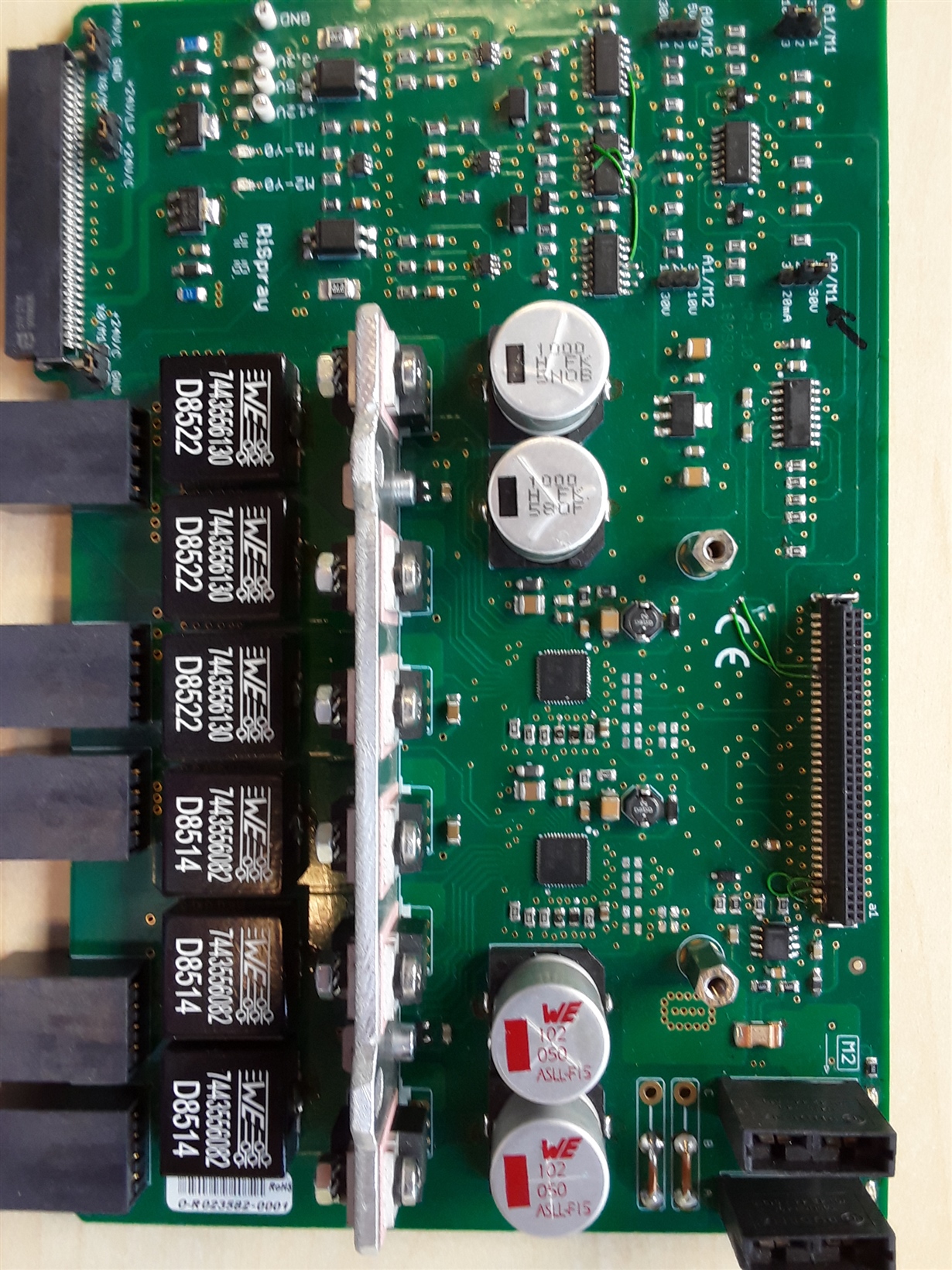Hi Team,
The customer would like to confirm if it is possible to set hall inputs so that the motor locks instead of the motor running when using 1x PWM mode ( SPI only )
To prevent the coils from getting too hot, the current is limited to a low value.
So that they don't need an extra magnetic brake to block the motor in some circumstances.
Please let me know your inputs and if you have other questions with the customer.
Thanks,
Jonathan


